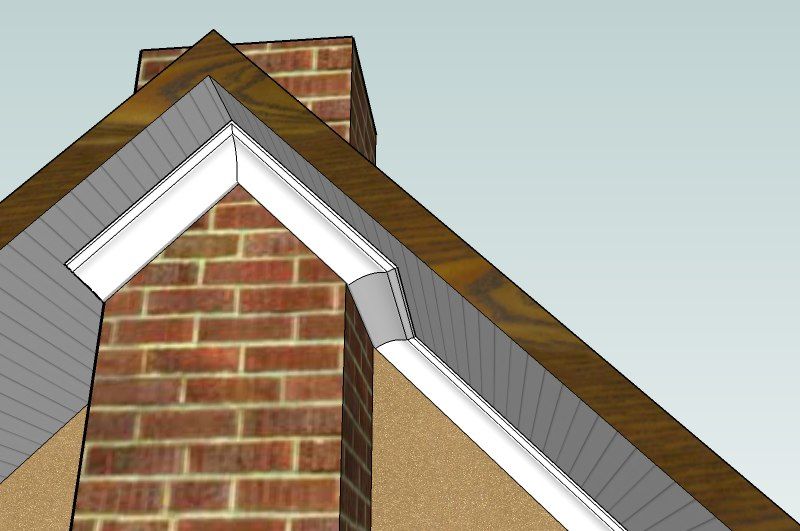Question
We are in the research phases for door making in which we plan to do exterior and interior entry doors. I have three questions. What is a good tenon length for attaching the rails to the stiles? When the cope and stick tooling is used for the other notching, these are 1/2" deep? Are there any good entry door plans or drawings out there for using to learn the right and correct design for building a high-end entry door?
Forum Responses
(Architectural Woodworking Forum)
From Contributor O:
I have spent a lot of time cutting into older doors to see what it looks like in there. This is by far the best way to learn about doors. There really are no good books or sets of drawings that explain what makes for good or bad doors. The books on Amazon are arty, or just touch on construction. Birchard's book is the best, but now out of print. It was mostly just an introduction. Other books are much more about setting -hardware and fitting - doors than making them.
The subject is too big for an internet forum. I have advised people for years that there is far more to a good door than one thinks, which explains why there are so many bad doors out there, and why the explosion of plastic, metal and MDF doors. This has created a marketing bonanza opened by wood doors made so cheaply as to fall apart quickly and predictably. They spend more energy and resources on accountants than they do proven woodworking methods and knowledgeable individuals. Or, they just start selling.
I do not believe it is reasonable to do some research and go into this niche without some real world experience and some sort of track record. Otherwise, you risk joining the mass of mediocre door makers already crowding the place. Just my opinion, but I have watched this niche, and been a part of it, for 40 years.
What is a good tenon length for attaching the rails to the stiles? For a normal 7 foot tall door with 5 1/2” stiles 2/3 of stile depth is in the ballpark. Tenon thickness is about 1/3 of door thickness. 1 3/4” thick door single tenon is best. 2 1/4” and thicker double tenons are better with tenon thickness 1/5th of door thickness. This is not to say that a 2 1/4” door must have a double tenon. A lot of this is shop preference and depends on your tooling and machines. There are a lot of variables for this and certainly other methods to make a good corner joint. Slot and tenon, loose tenon, dowel and Domino XL dowel - tenons are just a few. If you want to make accurate historic doors the rules might be different. The corner joint is important but is a small part of overall quality door production.
When the cope and stick tooling is used for the other notching, these are 1/2" deep? The depth of cope is normally in the range of 1/2” to 3/4” but this is not a set rule. Cope and stick tooling generally refers to a profile - counter-profile joint that is reinforced with dowels or loose tenons. To make true tenons the historic method from the machine age up to the 60’s was a tenoner with horizontal heads and a separate vertical shaft for smaller coping disks to put the counter profile above and below the tenon. This method is still seen in the US for historic doors but is not very effective production wise if you make more than one door type or thickness.
The coping can also be done on a shaper with the tenon cut with some other method but this is very labor intense. Modern tenoners for doors usually only have a saw and a shaft that holds large diameter tenon heads to do everything in one pass. If you need deeper than the tooling allows modern tenoners can also have horizontal heads. Heavy European shapers with side mount sliding tables are also pretty effective for door tenoning and probably the best method for a small custom shop to do this.
Are there any good entry door plans or drawings out there for using to learn the right and correct design for building a high-end entry door? Yes there are. Look at drawings from tooling manufactures Especially the European ones for tenon tooling. You can find a lot of videos on YouTube. There are lot of books are out there but most not in English. For historic door building there are quite a few. Like Contributor L says to make doors efficiently and make profit a sizable investment is required. It is something you can build up to in steps though.
As Contributor O mentions wood doors and windows have a bad reputation. Starting a few decades ago the big door companies made doors and windows out of timber with sap wood and cheap joinery methods. Now consumers think they need to be clad. Even on a log house, go figure. There is better opportunity now for building in wood with the green and energy efficient movement. The Europeans have turned this around by educating the customers and architects.
